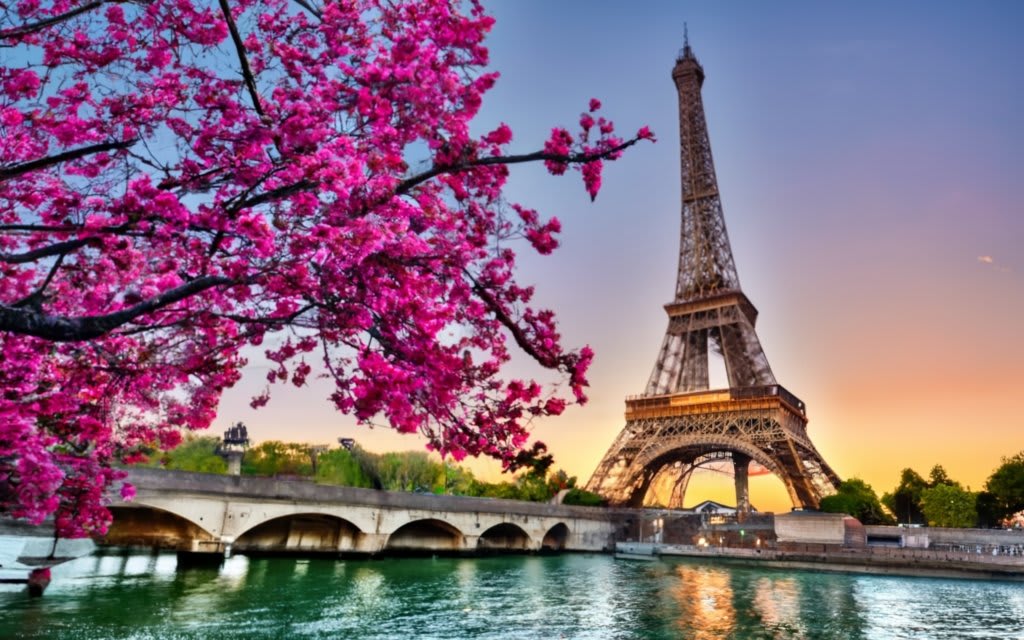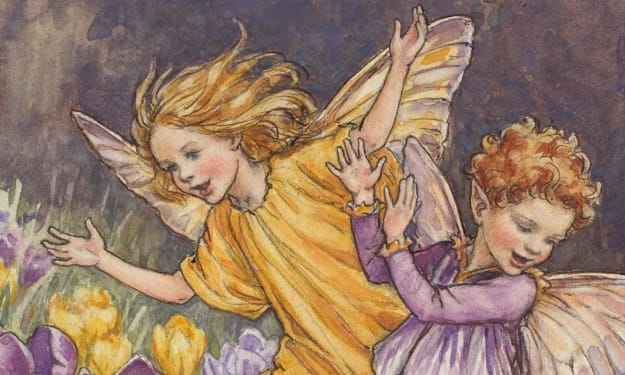The History of the Eiffel Tower: A Pinnacle of Parisian Elegance and Ingenious Engineering Brilliance
The History of the Eiffel Tower

The Eiffel Tower, standing as a beacon of architectural magnificence and a symbol synonymous with the enchanting allure of Paris, unfolds a captivating history that stretches back to the latter part of the 19th century. This towering iron lattice structure, which has come to be recognized globally as an emblem of France, is not just a monument; it is a testament to the convergence of visionary design and unparalleled engineering.
1. Conception and Design:
The inception of the Eiffel Tower can be traced back to the ambitious preparations for the 1889 Exposition Universelle, a World's Fair organized in Paris to commemorate the 100th anniversary of the French Revolution. In pursuit of an iconic centrepiece for the event, the French government initiated a competition for the design of an iron tower to grace the Champ de Mars. It was Gustave Eiffel, a distinguished French engineer, who clinched victory with a design that would not only captivate the imagination but also revolutionize architectural norms.
2. Construction Marvel:
The monumental task of bringing Gustave Eiffel's vision to life commenced in January 1887. An army of approximately 300 workers meticulously assembled the 18,038 individual iron pieces, securing them together with an astounding 2.5 million rivets. The speed and precision with which the tower was constructed are a testament to the engineering prowess of Gustave Eiffel's company. A mere two years and two months later, on March 31, 1889, the Eiffel Tower stood proudly completed, soaring to a height of 324 meters (1,063 feet).
3. Architectural Ingenuity:
At the heart of the Eiffel Tower's allure is its architectural brilliance. The structure is comprised of three levels, each offering panoramic views that showcase the beauty of Paris in all its splendour. The innovative use of iron lattice, a design initially met with scepticism and even disdain by some, turned out to be not only functional but also an exquisite work of art, elevating the tower to the status of a cultural and architectural marvel.
4. Initial Controversy and Acclaim:
The unveiling of the Eiffel Tower was met with a mixed reception. While some lauded its audacious design and engineering marvel, others decried it as an eyesore, a towering disruption to the classic Parisian skyline. Artists and intellectuals of the time expressed their disapproval, yet as the years unfolded, the Eiffel Tower transcended its initial controversy to become an accepted and celebrated symbol of French culture.
5. Cultural Icon:
The Eiffel Tower swiftly evolved into an integral part of the Parisian identity, symbolic of elegance, sophistication, and artistic achievement. Its silhouette against the Parisian sky became an iconic representation not just of the city but of France itself. Today, it stands as one of the most visited paid monuments globally, drawing millions of tourists who ascend its heights to gaze upon the panoramic beauty of Paris.
6. Repurposing and Technological Advancements:
Initially constructed as a temporary structure for the Exposition Universelle, the Eiffel Tower faced the prospect of dismantlement in 1909. However, its destiny took a different turn as it found a new purpose in the realm of communication. The tower became a crucial element in radio transmission and, later, television broadcasting. These adaptations showcased not only the tower's structural versatility but also its ability to embrace technological advancements over time.
7. Preservation and Restoration:
The ongoing preservation and maintenance efforts invested in the Eiffel Tower underscore its enduring significance. To combat corrosion and ensure the tower maintains its distinctive reddish-brown hue, a team of dedicated professionals undertakes the meticulous task of repainting the structure approximately every seven years. This commitment to preservation ensures that the Eiffel Tower remains not just a historical artefact but a living, breathing testament to architectural and engineering excellence.
8. Enchanting Illumination:
As daylight fades over the City of Light, the Eiffel Tower undergoes a breathtaking transformation. In 1985, the installation of twinkling, sparkling lights added a magical dimension to the tower's nighttime allure. This illumination, a spectacle in itself, has become an integral part of the Eiffel Tower experience, captivating visitors and locals alike.
9. Influence on Art and Culture:
Beyond its physical presence, the Eiffel Tower has woven itself into the fabric of art, literature, and popular culture. Countless filmmakers, writers, and artists have sought inspiration from its elegant structure and its significance in the cultural tapestry of France. It has become a symbol not just of architectural achievement but of romance, elegance, and the enduring spirit of the French people.
10. Conclusion:
In conclusion, the Eiffel Tower stands as an enduring testament to the convergence of visionary design, engineering brilliance, and cultural significance. From its controversial beginnings to its current status as a global icon, the tower has weathered the sands of time with grace and elegance. The Eiffel Tower is not merely a structure; it is a living, breathing representation of the spirit of Paris and the indomitable human capacity for innovation and creativity. As it continues to stand tall on the Champ de Mars, the Eiffel Tower remains a symbol of architectural grandeur and a timeless beacon of Parisian elegance.
About the Creator
Nizam malang
Nizam Malang: Passionate historian unraveling untold stories of the past, connecting historical events with fresh perspectives, and making history accessible for all.






Comments
There are no comments for this story
Be the first to respond and start the conversation.